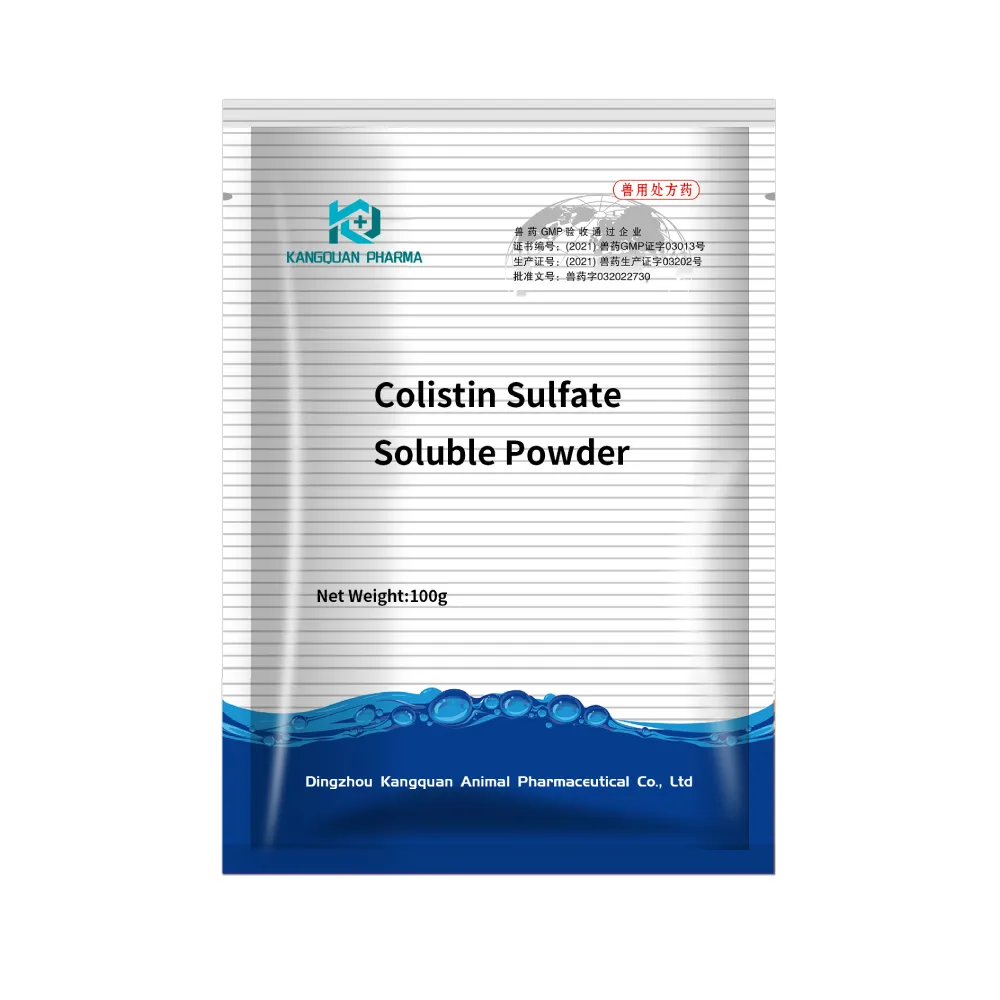- Afrikaans
- Albanian
- Amharic
- Arabic
- Armenian
- Azerbaijani
- Basque
- Belarusian
- Bengali
- Bosnian
- Bulgarian
- Catalan
- Cebuano
- Corsican
- Croatian
- Czech
- Danish
- Dutch
- English
- Esperanto
- Estonian
- Finnish
- French
- Frisian
- Galician
- Georgian
- German
- Greek
- Gujarati
- Haitian Creole
- hausa
- hawaiian
- Hebrew
- Hindi
- Miao
- Hungarian
- Icelandic
- igbo
- Indonesian
- irish
- Italian
- Japanese
- Javanese
- Kannada
- kazakh
- Khmer
- Rwandese
- Korean
- Kurdish
- Kyrgyz
- Lao
- Latin
- Latvian
- Lithuanian
- Luxembourgish
- Macedonian
- Malgashi
- Malay
- Malayalam
- Maltese
- Maori
- Marathi
- Mongolian
- Myanmar
- Nepali
- Norwegian
- Norwegian
- Occitan
- Pashto
- Persian
- Polish
- Portuguese
- Punjabi
- Romanian
- Russian
- Samoan
- Scottish Gaelic
- Serbian
- Sesotho
- Shona
- Sindhi
- Sinhala
- Slovak
- Slovenian
- Somali
- Spanish
- Sundanese
- Swahili
- Swedish
- Tagalog
- Tajik
- Tamil
- Tatar
- Telugu
- Thai
- Turkish
- Turkmen
- Ukrainian
- Urdu
- Uighur
- Uzbek
- Vietnamese
- Welsh
- Bantu
- Yiddish
- Yoruba
- Zulu
9 月 . 10, 2024 04:09 Back to list
Enrofloxacin Injection for Veterinary Use – Effective Antibiotic Treatment
Enrofloxacin Injection in Veterinary Use A Comprehensive Overview
Enrofloxacin is a broad-spectrum fluoroquinolone antibiotic that has gained significant recognition in veterinary medicine. Primarily utilized for its effectiveness against a variety of bacterial infections in animals, enrofloxacin plays a crucial role in the treatment protocols for several species, including dogs, cats, and livestock.
Mechanism of Action
Enrofloxacin functions by inhibiting bacterial DNA gyrase and topoisomerase IV, enzymes critical for DNA replication and repair. This mechanism disrupts bacterial cell division, leading to the death of susceptible bacteria. Its broad-spectrum activity means that it is effective against both Gram-positive and Gram-negative bacteria, making it a versatile choice in treating infections. The pharmacokinetic properties of enrofloxacin allow it to penetrate tissues effectively, ensuring sufficient concentrations reach infected sites, which is particularly important in managing deep-seated infections.
Indications for Use
Veterinarians commonly prescribe enrofloxacin for various conditions, including urinary tract infections, skin infections, respiratory tract infections, and gastroenteritis. Its efficacy against pathogens such as Escherichia coli, Salmonella spp., and Pseudomonas aeruginosa makes it a preferred option for treating complicated infections. However, enrofloxacin should be used judiciously and in accordance with veterinary guidelines to prevent the development of antibiotic resistance.
Dosage and Administration
enrofloxacin injection veterinary use

Enrofloxacin is typically administered via injection, although oral formulations are also available. The dosage depends on the type and severity of the infection, as well as the species being treated. For example, common dosages for dogs and cats might range from 5 to 20 mg/kg, administered once daily or as directed by a veterinarian. It is crucial for pet owners to follow the veterinarian’s instructions carefully to ensure the effectiveness of the treatment and minimize side effects.
Safety and Side Effects
While enrofloxacin is generally well tolerated, it is essential to be aware of potential side effects. In some cases, animals may experience gastrointestinal disturbances, such as vomiting or diarrhea. More severe side effects can include central nervous system issues, particularly in young or growing animals, as enrofloxacin has been associated with cartilage damage in juvenile dogs. Therefore, it is contraindicated in puppies under certain ages. Additionally, enrofloxacin should be used cautiously in animals with pre-existing kidney or liver conditions.
Regulatory Considerations and Responsible Use
Given the importance of preventing antibiotic resistance, the use of enrofloxacin and other similar agents must be approached with care. Regulatory agencies, such as the FDA and the European Medicines Agency, have established guidelines for the responsible use of antibiotics in veterinary medicine. This includes advocating for culture and sensitivity testing whenever possible to ensure targeted therapy. Veterinarians are encouraged to use enrofloxacin as a first-instance treatment sparingly, reserving it for cases where other antibiotics have proven ineffective.
Conclusion
Enrofloxacin injection stands out as a powerful tool in veterinary medicine, providing a reliable option for combating bacterial infections in a variety of animal species. Its broad-spectrum activity, favorable pharmacokinetics, and targeted effectiveness make it a vital component of many treatment regimens. However, responsible and prudent use is critical to avoid complications related to antibiotic resistance, ensuring that this valuable resource remains effective for years to come. Pet owners are encouraged to consult with veterinary professionals for proper guidance on the use of enrofloxacin and other therapeutic options.
-
The Power of Radix Isatidis Extract for Your Health and Wellness
NewsOct.29,2024
-
Neomycin Sulfate Soluble Powder: A Versatile Solution for Pet Health
NewsOct.29,2024
-
Lincomycin Hydrochloride Soluble Powder – The Essential Solution
NewsOct.29,2024
-
Garamycin Gentamicin Sulfate for Effective Infection Control
NewsOct.29,2024
-
Doxycycline Hyclate Soluble Powder: Your Antibiotic Needs
NewsOct.29,2024
-
Tilmicosin Premix: The Ultimate Solution for Poultry Health
NewsOct.29,2024













